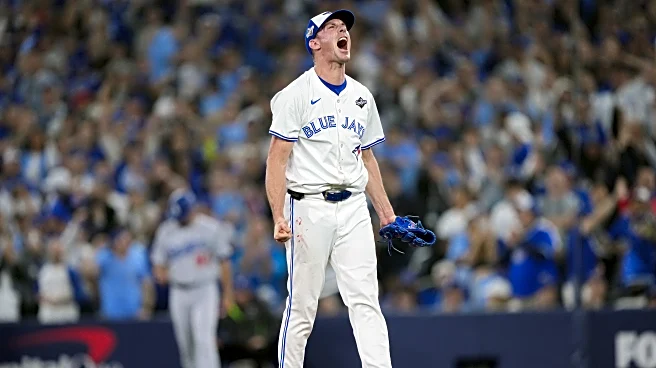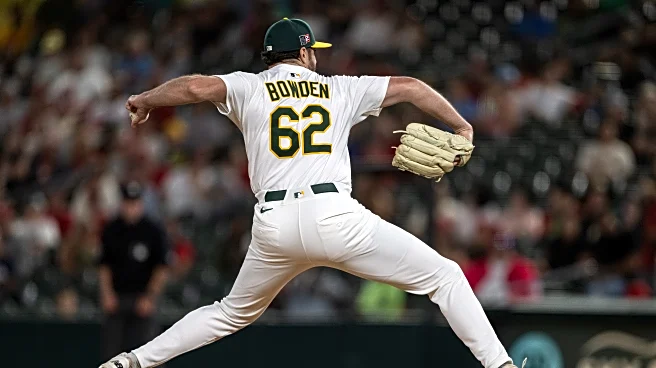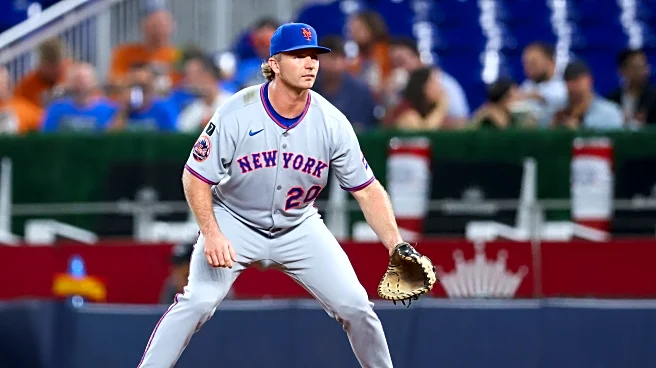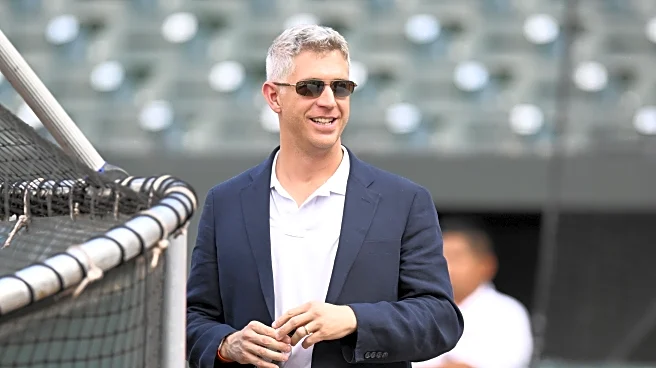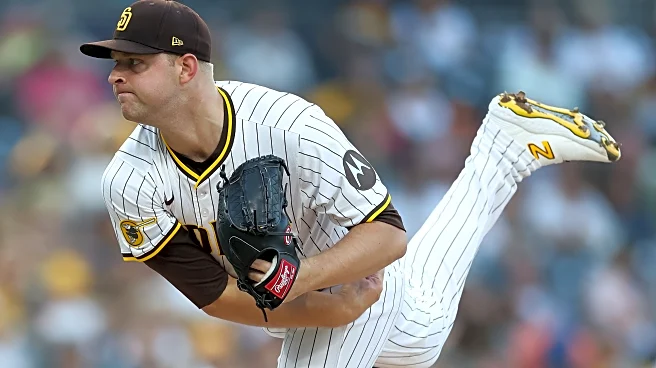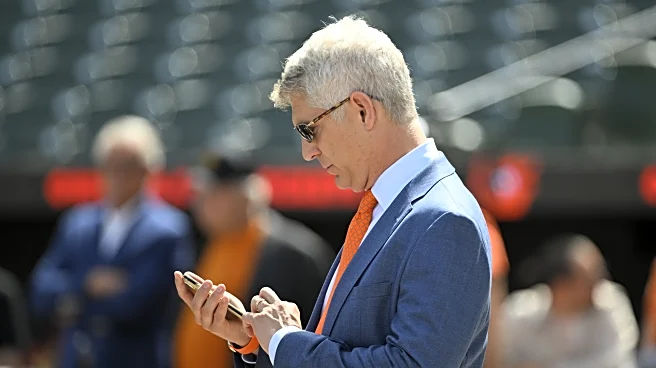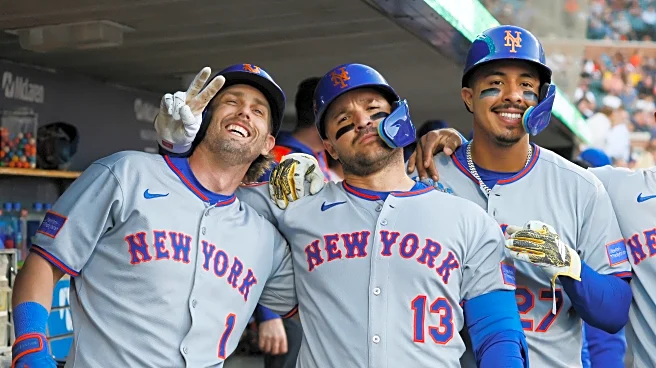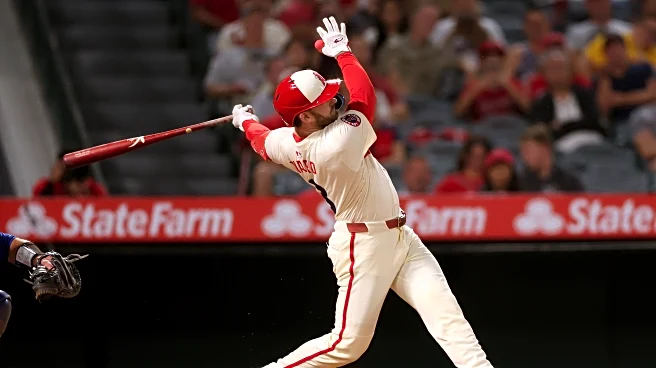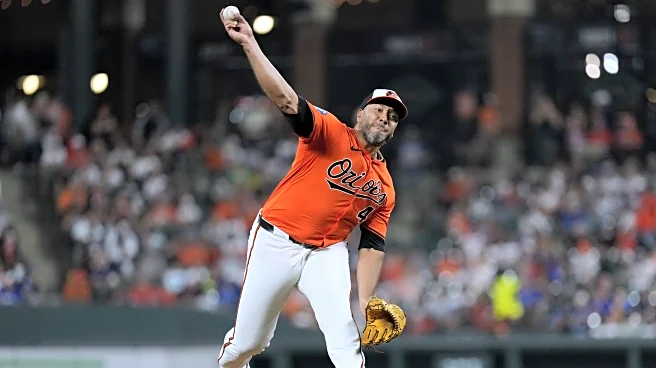The 2026 Orioles starting rotation is full of holes. Camden Chat writers have written over the last couple of weeks about the ideal candidates to help at the front of the rotation. The back end needs some help too, particularly with even the dim possibility of a healthy Grayson Rodriguez having been removed from the equation now that he’s been traded to the Angels. The Orioles need to do better than Charlie Morton and Tomoyuki Sugano as their rotation additions this time around.
With apologies for
a little boring behind-the-scenes, when I blocked out the assignments for this series, I was going to write about Cody Bellinger here. I’ve changed gears to talk about the back of the rotation instead because, in the aftermath of the Orioles acquiring Taylor Ward, I can’t convince myself of any chance of making a big signing for a corner outfielder.
That brings me around to Chris Bassitt. What should hopefully set him apart from that Morton/Sugano pair from a year ago is that, unlike Morton, Bassitt at 36 could conceivably still have a few more years in the tank and, perhaps even more crucially, he’s not going to have to be talked out of retiring by Mike Elias showing up offering millions of dollars to keep pitching. In contrast to Sugano, Bassitt is more of a known quantity, with an 11-year MLB career as a track record. The Orioles will have a better idea of how his stuff plays against this tier of competition than someone coming from overseas.
Bassitt is a late bloomer of a player. For a variety of reasons, he did not really get to break in as a regular starting pitcher until spending most of the 2019 season in the Athletics rotation. At that point, Bassitt was already 30 years old. It’s an unusual player who can start out at where you’d already be expecting the decline phase and carve out at least 7+ years of a career on from there.
Over this time, Bassitt has done well for himself. Starting in that 2019 season, he has pitched to a 3.60 ERA and 1.223 WHIP. He’s pitched at least 25 games in every non-pandemic season, and 30+ games each of the last four seasons. That’s worth something to the Orioles, if it’s pushing down the chances of again needing to rely substantially on the likes of Cade Povich and Brandon Young. Maybe signing Bassitt or someone similar would be unnecessary if those two guys looked like playoff team-caliber starting pitchers. It hasn’t happened yet.
The results have dipped a little bit more for Bassitt recently, sliding from the low-mid 3s in the ERA area up to high 3/low 4 over the last two years. That’s to be expected for someone who never had premium velocity in the first place as he ages. He sat around 91mph this past season, pretty close to where he’s been over the past few years.
Along with that velocity drop, Bassitt has dropped about an inning per start since peaking with 200 innings pitched in 2023. He’s still getting at least through five innings, averaging almost exactly 5.1 IP/GS in each of the past two seasons. He is managing to do this despite not really getting batters to chase out of the zone (12th percentile) and not getting them to swing and miss (32nd percentile). Despite this, he’s done well at keeping the ball on the ground (70th percentile) and at keeping batters from hitting the ball hard (80th percentile).
These traits should help Bassitt continue to get along through his late 30s. For the dedicated AL East elitist, it’s worth noting that Bassitt has been doing all of this over the past three seasons with the Blue Jays, so he’s proven he can handle the competition the Orioles are going to face. (This is not a case where if you take out his numbers against the Orioles, he looks much worse.) As a bonus, Bassitt acquitted himself well out of the bullpen in the late rounds of the postseason this year. If a #5 starter who has no business in a postseason rotation can still make himself useful in shorter stints, that would be great.
The Orioles are probably going to need to lock Bassitt up for two seasons in order to secure his services. MLB Trade Rumors projects a two-year, $38 million contract, with ESPN projecting $17 million per year for two years. FanGraphs predicted one year and $17 million for Bassitt.
Any one of these would be a serious investment for the Orioles, more money than they’ve ever spent on any player’s annual salary in the Elias era. It just squeaks past the $16.5 million AAV for Tyler O’Neill, which for the moment we’d all rather forget anyway. The projected Bassitt salary is not that much more than what they spent on Morton ($15 million) and Sugano ($13 million) for the 2025 season. If they’re really going to address the top of the rotation, they’ll need to spend much more and over many more years to do that. Shoring up the back end is also going to cost them.
The money is there. Elias has not succeeded up to this point at developing a drafted or acquired pitcher into a decent-or-better MLB starting pitcher, so he’s got to pay up if he doesn’t want to keep seeing the rotation as a substantial flaw. Bassitt or a similar caliber pitcher absolutely cannot be the biggest or only rotation acquisition this offseason, but if he or someone like him is the second-best, that should put the Orioles in a good place heading towards next season.
